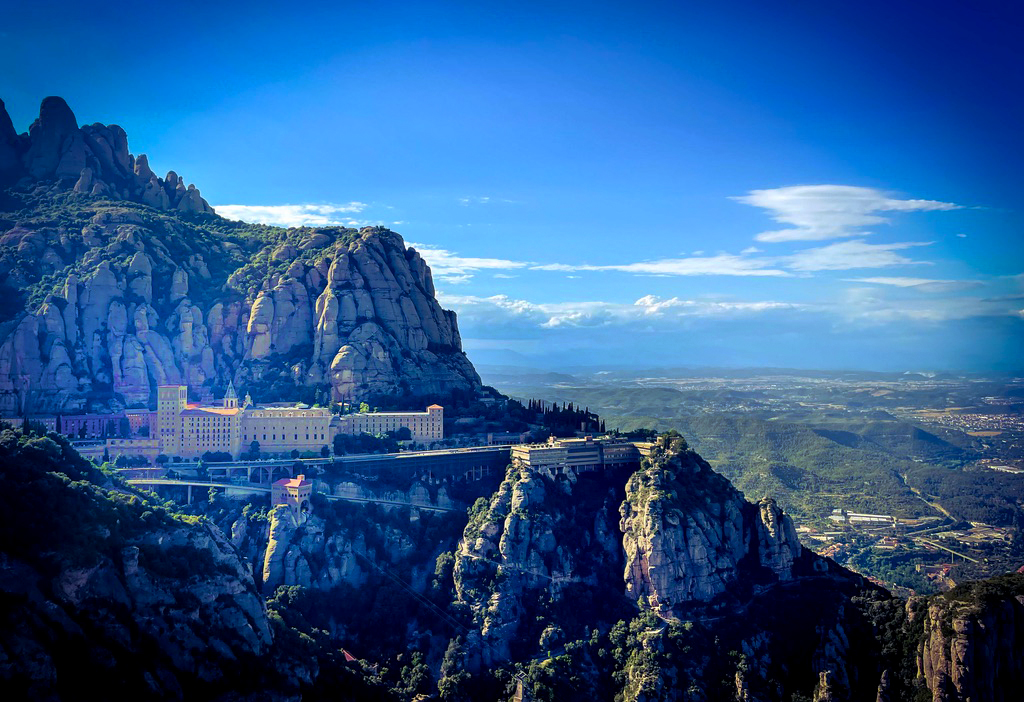
Ignatius made, once, a fateful physical pilgrimage. It was to Jerusalem, to the Holy Land.
Born in Spain and trained as a caballero (knight), Ignatius suffered a significant injury during battle in 1521 at the family castle. During his recovery, he underwent a significant personal transformation characterized by contemplation and a religious conversion. With the enthusiasm of a newfound faith, Ignatius sought something greater, and eventually determined to walk in the very footsteps of Jesus by journeying to the Holy Land.
On his way there, Ignatius made various stops, including key visits to the Benedictine monastery of Santa Maria de Montserrat for a general confession, and the Catalonian town of Manresa, where he would spend months in intense prayer. This sojourn in Manresa provided the spiritual ground from which his famous Spiritual Exercises would grow. The city still resonates with Ignatius’ presence: Cardoner, the Cave, the Cruz del Tort…


The journey to Jerusalem was marked by a rigorous ascetical practice – reflected in his later instruction on pilgrimage as a Jesuit formational tool. This spirit was in line with the medieval expectations of pilgrimage as an arduous journey 1`with penitential overtones. And for Ignatius, the aim was the closest imitation possible of the example of Christ himself. In the pages of the Testament, one can see that poverty was a recurrent theme of struggle and balance for Ignatius in his journey.
While Ignatius reached the destination of his pilgrimage, he could not remain in Jerusalem and was sent back to Europe. This time, he had to turn to God to ask, “Quid agendum? What should be done?” At this point, the reader is already midway in the text of the Testament, but in Ignatius’ life, the main physical pilgrimage is completed. There will be more travels, and a hope to go back permanently to Jerusalem will animate him (and he will draw his Paris companions into this desire!), but will never be accomplished.